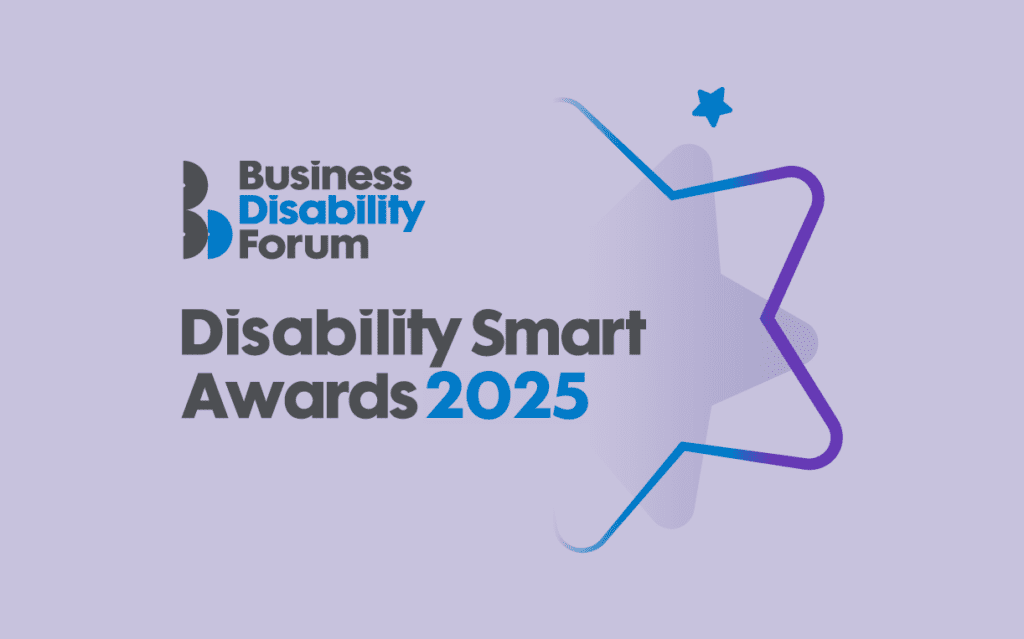Introduction
An introduction to accessibility training and how to use this guide.
Many factors affect our ability to access and use digital information, products, and technologies. Having a disability can be one of them. Disabled people can experience barriers when accessing online products and services. They may also face barriers when processing and communicating information.
Why is accessibility important?
Accessibility doesn’t just benefit disabled people. It benefits everyone. Accessible businesses are:
- more innovative
- more inclusive
- more productive.
Accessible businesses have:
- better brand awareness
- better legal compliance.
You can find out more in our ‘How accessibility benefits your business’ resources.
What is accessibility training?
Accessibility training can help you understand the common barriers that disabled people experience and how they can be overcome. You can also learn about how to avoid costly retrofitting by building accessibility into your content, products, and systems, from the very beginning.
Who needs accessibility training?
Accessibility training isn’t just for tech colleagues. Accessibility training is for everyone who communicates information digitally to others – and these days that means almost everyone.
If you or your colleagues write emails, create Word documents, produce PowerPoint presentations or make videos, then you need to know how to make them accessible for the people reading or viewing them.
This could include people with sight loss or dyslexia who use screen readers. Or people with hearing loss, and people who cannot or prefer not to use their hands to navigate screens because of arthritis or a hand tremor. Or anyone else who needs accessible communication.
How do I use this resource?
To help you understand your training needs and the resources available, our Technology Taskforce have pulled together links to a selection of free and paid for third-party and BDF resources. These include a variety of online and in person courses, as well as videos, blogs, and websites.
The linked resources and training contain a lot of information. Bookmark this page so you can work through the resources at your own pace and revisit them as many times as you wish.
Most of these resources are provided by external organisations and not by BDF. Their inclusion in this list is not an endorsement. Information in the resources and training may change over time. Check that you are using the most up to date version before relying upon it.
Which training is right for me?
We have grouped the courses under four headings based on the level of accessibility training needed and previous knowledge.
These are:
- Getting started – Fundamentals training and information for everyone in your organisation.
- Learning more – Building on knowledge gained in the ‘Getting started’ section. Resources to help you understand the accessibility needs of your organisation and how to work with colleagues on accessibility.
- Advanced – Training that covers the technicalities of how to make content accessible.
- Specialist – Resources covering the use of assistive technology and integrating assistive technology within your core systems.
We have included some general role descriptors within each section to help you work out ‘who needs what’. A project manager may need a different level of training than an application developer, for example. Similarly, the needs of a content creator will be different again.
Where do I start?
The ‘Getting started’ section is a good place to begin for everyone. From there, you can move onto the other sections as they are relevant to you, and as you progress along your accessibility learning pathway.
How can I find out more?
This resource was created by BDF’s Technology Taskforce. Please visit the Technology Taskforce section on BDF’s website to find out more or email Lucy Ruck.
If you require this content in a different format, contact enquiries@businessdisabilityforum.org.uk.


